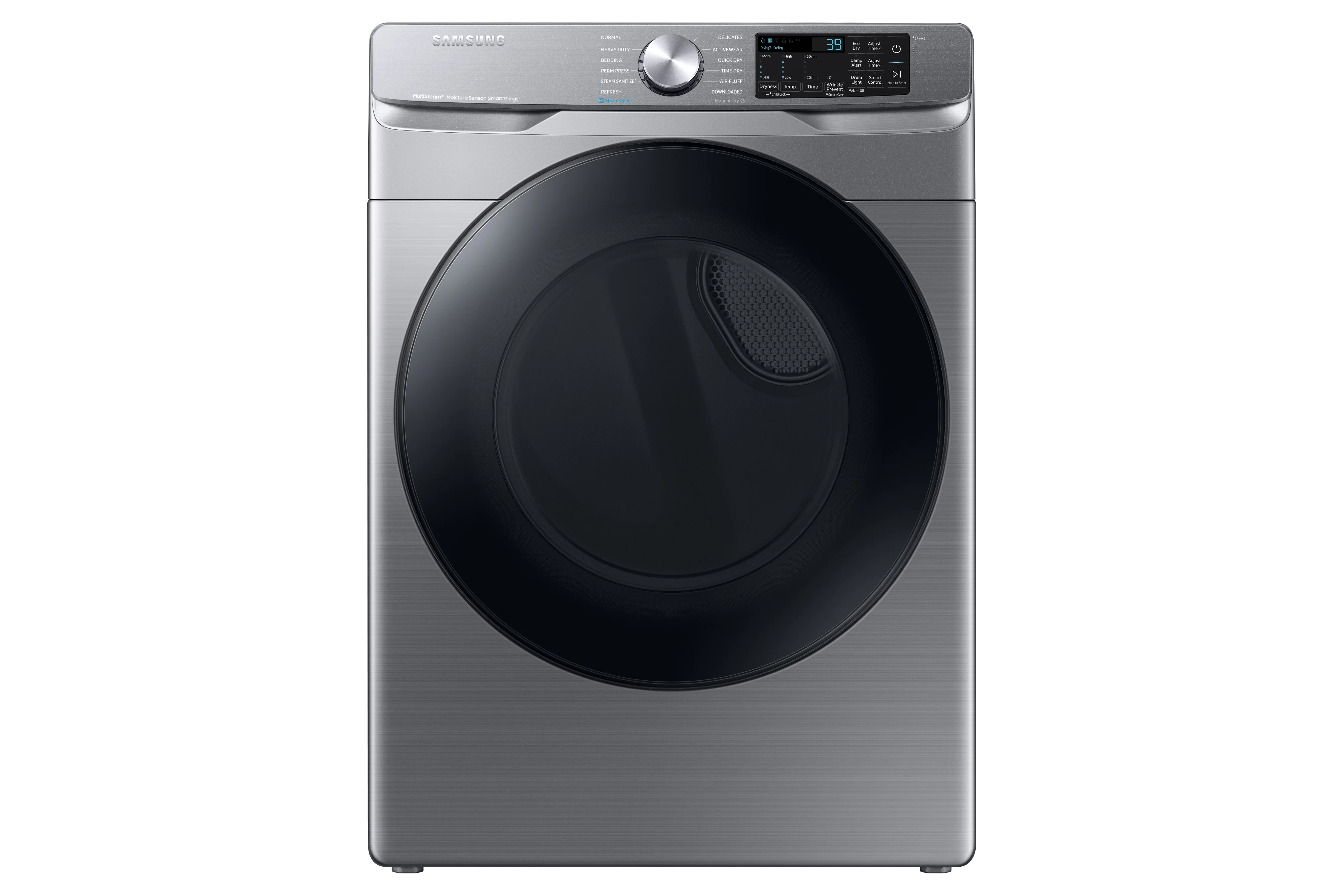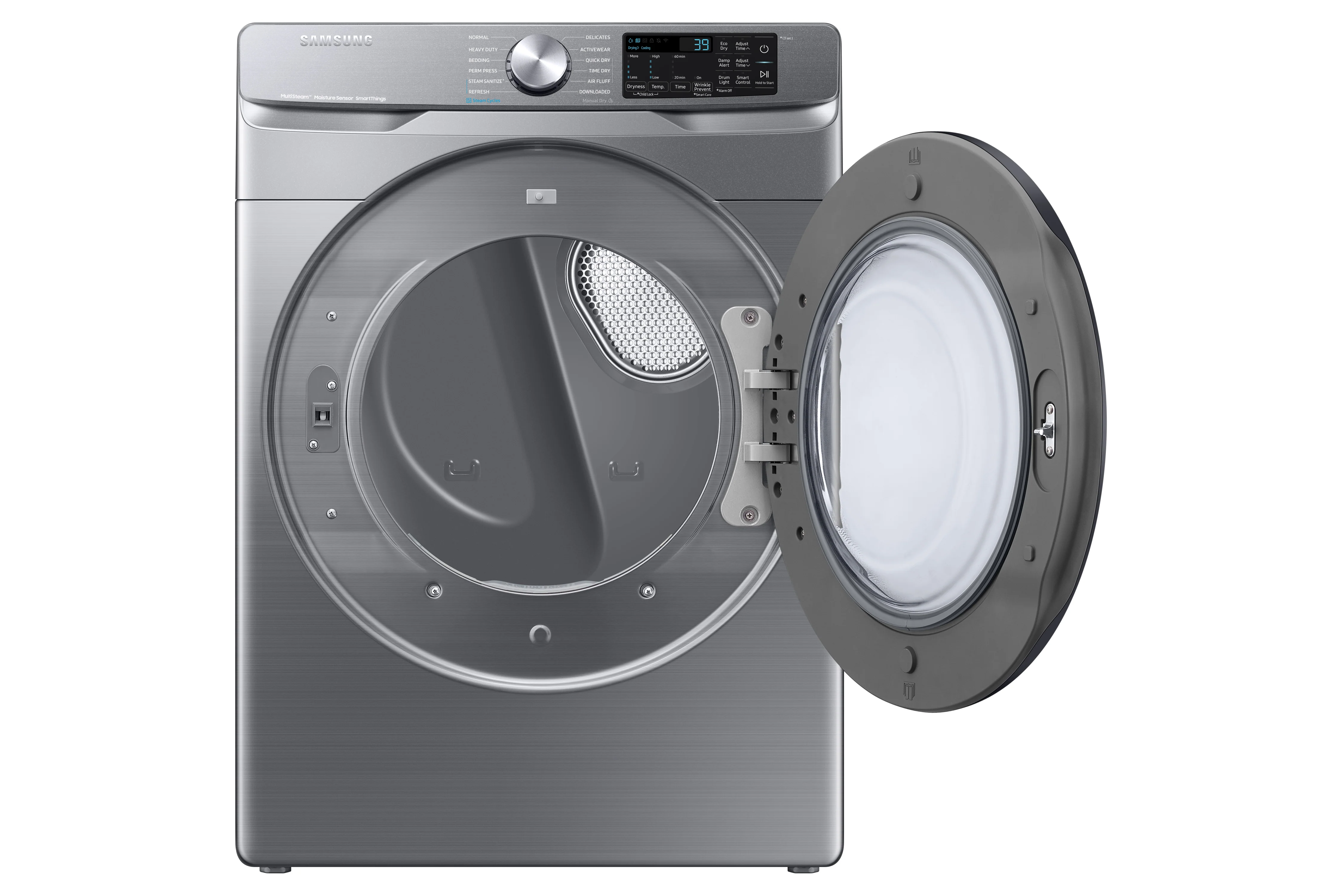Your refrigerator gets a lot of use, which is one of the reasons why it’s a good idea to keep it clean. The good news is that it's really not hard, when you know the proper steps to take.
With the help of this guide, you’ll be able to maintain your fridge and give it the deep cleaning it needs on a regular basis.
Thinking about investing in a new fridge? Check out Coast Appliances full line of refrigerators today!
In this article, we’ll cover:
- 10 Steps to Deep Clean a Refrigerator
- How Do You Clean a Refrigerator Naturally?
- Other Helpful Refrigerator Cleaning Tips
- FAQs About How to Clean a Refrigerator
10 Steps to Deep Clean a Refrigerator
Whether you’re concerned about odors or are wondering how to clean mold from a fridge, we’re walking you through every part of the process. With these helpful cleaning the fridge tips, you’ll learn how to clean a fridge in no time, and find the best ways to keep it clean.
Step 1: Throw out old or expired food
Even though the inside of your fridge is cold, it’s still a place where bacteria can grow and thrive. Mold, pathogenic microorganisms, and other types of bacteria can all spread across your fridge if you’re not careful. That’s why it’s so important to toss out any food that’s past its expiration date.
When it comes to perishable items, it’s just better to be safe than sorry. Make it a habit to regularly toss any items that are old or expired. By being cautious, you can reduce the risk of foodborne illnesses.
Step 2: Take all other food items and containers out of the fridge and put them on the counter while you clean
To properly clean your fridge, you’ll need to empty it completely. Remove everything, including condiments, beverages, and baking soda or any other deodorizer so you can clean the fridge from top to bottom. Store perishables in a cooler to keep them at a safe temperature.
Step 3: Remove any crumbs from shelves and drawers with a damp cloth
Once your refrigerator is clean and clear, wipe away crumbs and clean up spills from the shelves with a damp cloth. After you’re done cleaning out your fridge, you might need to sweep or vacuum your floors to clean up anything that may have fallen to the ground.
Step 4: Wipe down the fridge with cleaning supplies
Wipe down the interior and exterior of your fridge with an antibacterial, food-safe cleaning solution and a sponge. To get rid of spills or sticky messes, dipping a scrub brush or toothbrush in hot water generally works well.
For any stains that you can’t seem to scrub away, make a paste of baking soda and water, apply a thick layer over the stain, and leave it on for at least 10 minutes. Afterwards, you should be able to easily wipe it away with a sponge or a damp cloth.
Step 5: Dry and clean the drip pan
Your fridge’s drip pan catches condensation that drips from your fridge, preventing kitchen leaks. This damp, dark environment is an ideal spot for mold. If you don’t want to figure out how to clean a fridge with mold, it’s wise to clean your drip pan at least twice a year.
Usually, a drip pan is located at the bottom or rear of a fridge. Disconnect your refrigerator from the water supply and remove the drip pan. Empty out any water that’s collected in the pan and then clean it in the sink. Once it’s dry, you can replace the drip pan and reconnect your fridge to the water supply.
Step 6: Dust and clean condenser coils
Your fridge is able to keep items cold thanks to its condenser coils. When these coils are dusty or dirty, your refrigerator is less efficient. Cleaning your condenser coils at least once a year (twice is even better) will keep your fridge running smoothly.
Unplug your fridge and locate your condenser coils. On most fridge models, your coils can be found beneath a grill on the front of your fridge. Use a vacuum attachment to clear away any dust that has built up on the coils.
Step 7: Dry out the inside of the fridge
After everything’s been cleaned, you’ll want to make sure that the interior of your fridge is completely dry. If your fridge is even slightly damp, you increase the risk of mold or mildew. Carefully wipe down shelves with a paper towel or a clean microfiber cloth.
Step 8: Replace the food
Once you’re sure the interior of your fridge is completely clean and dry, you can start replacing the food that you took out. Try to avoid blocking the vents inside your fridge so air can properly circulate.
If there are still odors coming from your fridge, and you’re wondering how to clean a fridge that smells, try storing an open container of baking soda in the door and/or at the back of the refrigerator. The baking soda should absorb odor-causing molecules.
Step 9: Wipe down the fridge exterior
When you’re deep cleaning, you want to clean your fridge inside and out! Use a damp cloth and a cleaning solution to wipe down the outside of your fridge. Dry it off with paper towels or a microfiber cloth.
Step 10: Use finishing spray on the exterior (for stainless steel)
If you’ve been wondering how to clean a stainless steel fridge, you’ll be happy to learn that it’s a quick and easy process! Just apply a stainless steel finishing spray to maintain your fridge’s finish and avoid fingerprints and smudges.
How Do You Clean a Refrigerator Naturally?
If you’re worried about harsh or toxic chemicals near your food, you can rest easy. It’s simple to clean and disinfect a fridge using completely natural, non-toxic products.
- Make your own cleaning solution: You can make an effective antibacterial all-purpose cleaning solution by combining one part white vinegar and two parts water in a spray bottle.
- Use citrus for an appealing scent: If you want your fridge to have that fresh, just-cleaned scent, try adding a dash of lemon juice or a few drops of your favorite essential oil to your cleaner.
- Deodorize your fridge: Baking soda is a simple and natural way to get rid of odors for good! You can also use fresh coffee grounds to eliminate bad smells.
- Get rid of mold without bleach: Wondering how to clean a moldy fridge naturally? You can make a natural mold-killer by combining a quart of warm water and two tablespoons of baking soda. Vinegar is another natural disinfectant that can kill mold. And, of course, if you’re not into the DIY thing, there are also plenty of bleach-free non-toxic mold killer products you can buy.
Other Helpful Refrigerator Cleaning Tips
A few additional simple tips can help you make sure your fridge stays clean, organized, and running as efficiently as possible.
- Create a cleaning schedule: It’s easy to lose track of the last time your fridge was cleaned. Make a schedule, so you know when it’s time to do another deep cleaning.
- Don’t forget about the water filter: If your fridge has a built-in water or ice dispenser, you’ll need to clean or change its filter regularly. To learn how to clean a fridge water filter, check the manual for your appliance.
- Clean up spills right away: The longer a mess sits, the harder it’ll be to clean. Get in the habit of tackling spills, leaks, and other messes as soon as you spot them.
- Try using toothpaste: Is there a stain in your fridge you can’t seem to get rid of? You may be able to scrub it away with a mildly abrasive toothpaste!
- Protect shelves with placemats: Line the shelves of your fridge with placemats. When there’s a spill, you can quickly remove the placemat and clean it in your sink.
- Use acrylic bins: Various-sized bins can be great for keeping your fridge organized and looking great, and they do double duty when it’s time to clean. Bins let you keep things grouped for easy access and food prep (think: taco night – just pull out the salsa, sour cream, hot sauce, and jalapeno pepper bin). They also make cleaning a snap too, just pull out all the bins rather than every single individual item.
FAQs About How to Clean a Refrigerator
How often should the fridge be cleaned?
Tackle spills as they happen, and do a thorough cleaning of your fridge at least once a month. Some tasks, like cleaning condenser coils, only need to be done once or twice per year.
What happens if you don't clean your fridge?
When a fridge isn’t clean, it can become a breeding ground for bacteria. Spills, dust, and other contaminants can also wear your fridge and make it work harder to keep food items cold, ultimately decreasing the appliance’s efficiency (and costing you more to run it!)
Can I use Clorox wipes to clean the inside of my fridge?
Clorox wipes can come in handy when you need to clean your fridge quickly. However, you should deep clean your refrigerator at least every couple of months.
How do you clean and deodorize a refrigerator?
Use a damp cloth and an antibacterial cleaner to wipe down the inside of your fridge. Baking soda and fridge deodorizers can help reduce and clear up unpleasant smells in between cleanings.
Can I use vinegar to clean my fridge?
You can make an antibacterial all-purpose cleaner by combining water and white vinegar. Just combine two parts water and one part vinegar in a spray bottle.
Should you clean the back of your fridge?
It’s best to clean the back of your fridge from time to time to clear away dust, food, and other debris that’s gathered there. Don’t know how to move a refrigerator to clean behind it? Just slip a rug, piece of cardboard, or an appliance coaster beneath the fridge so you can scoot it forward without damaging your floors. Another handy trick is to spray some Windex just in front of the feet so they’ll slide easily.
Where do you put baking soda in the refrigerator?
You can place an open container or a shallow cup of baking soda on the door or shelves of your fridge. Every so often, it should be removed and replaced.
How often should you change the baking soda in your fridge?
In most cases, baking soda should be replaced every 3 months. You can change it out sooner if it doesn’t seem to be clearing away odors.
By regularly cleaning your fridge, you can protect your appliance and all of the food you’re storing inside it.
If you’re ready to buy a new fridge, make sure you browse the full selection of refrigerators that Coast Appliances has available!















